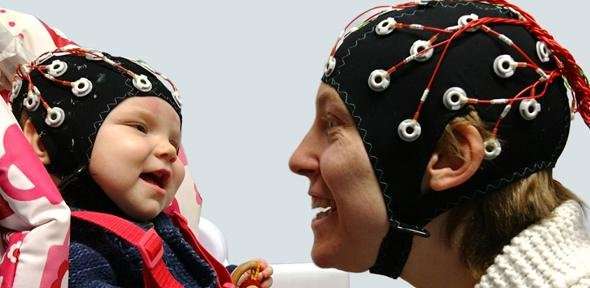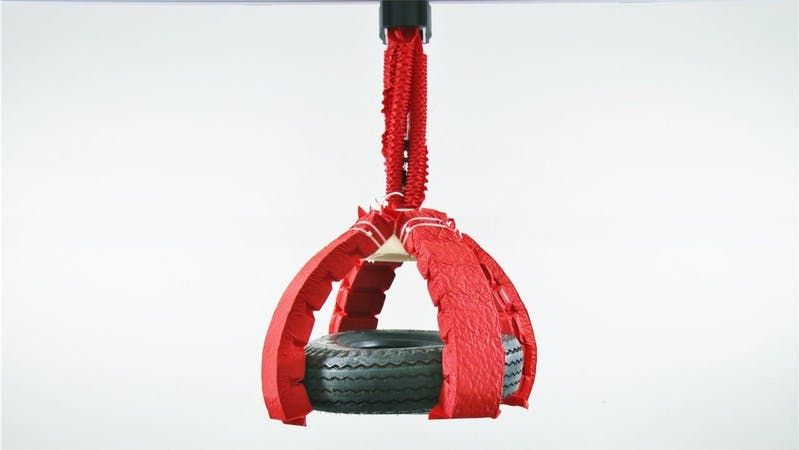Nov 30, 2017
New 3D printer is ten times faster than commercial counterparts
Posted by Saúl Morales Rodriguéz in categories: 3D printing, materials
MIT engineers have developed a new desktop 3D printer that performs up to 10 times faster than existing commercial counterparts. Whereas the most common printers may fabricate a few Lego-sized bricks in one hour, the new design can print similarly sized objects in just a few minutes.
The key to the team’s nimble design lies in the printer’s compact printhead, which incorporates two new, speed-enhancing components: a screw mechanism that feeds polymer material through a nozzle at high force; and a laser, built into the printhead, that rapidly heats and melts the material, enabling it to flow faster through the nozzle.
The team demonstrated its new design by printing various detailed, handheld 3D objects, including small eyeglasses frames, a bevel gear, and a miniature replica of the MIT dome—each, from start to finish, within several minutes.


















